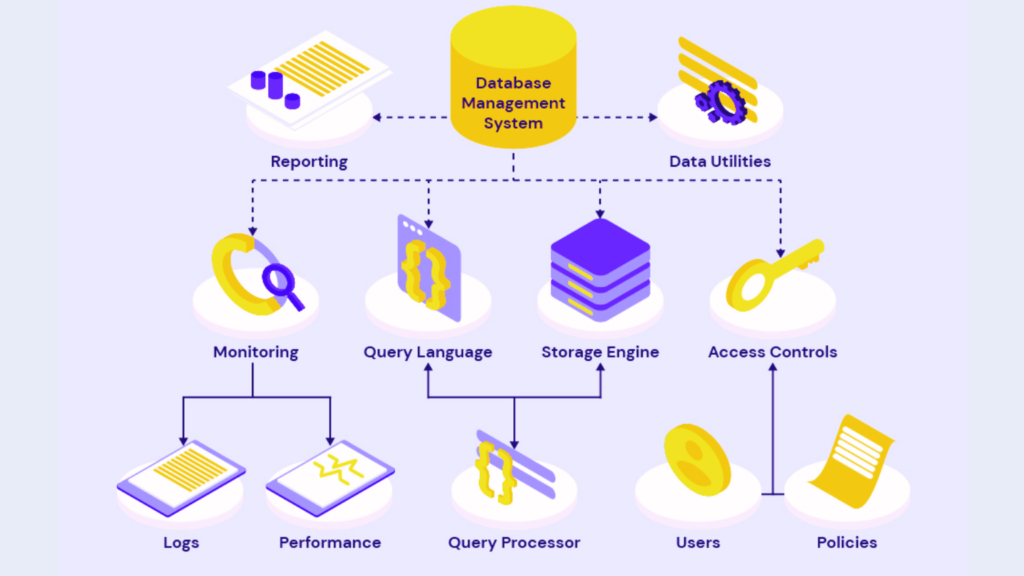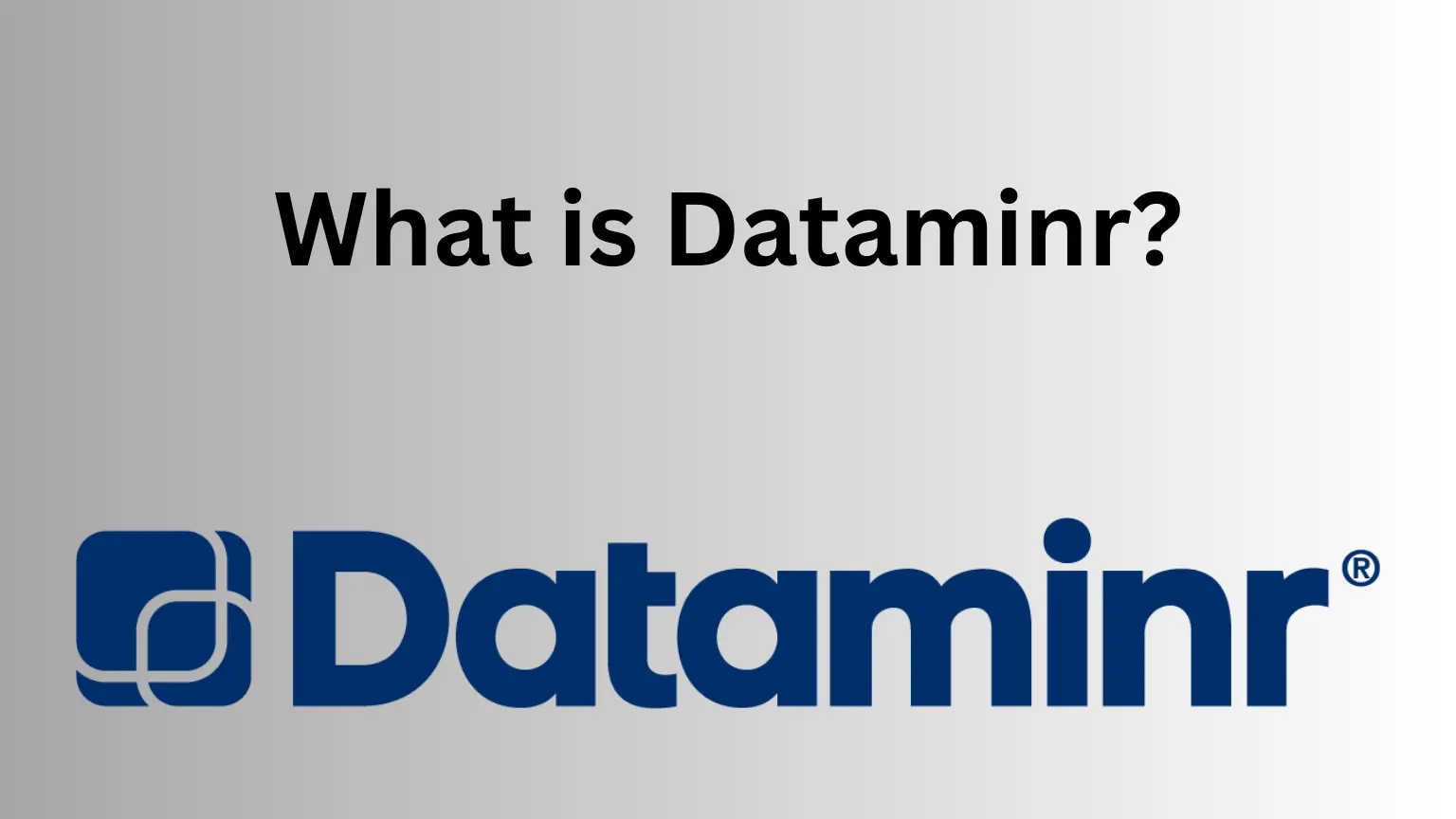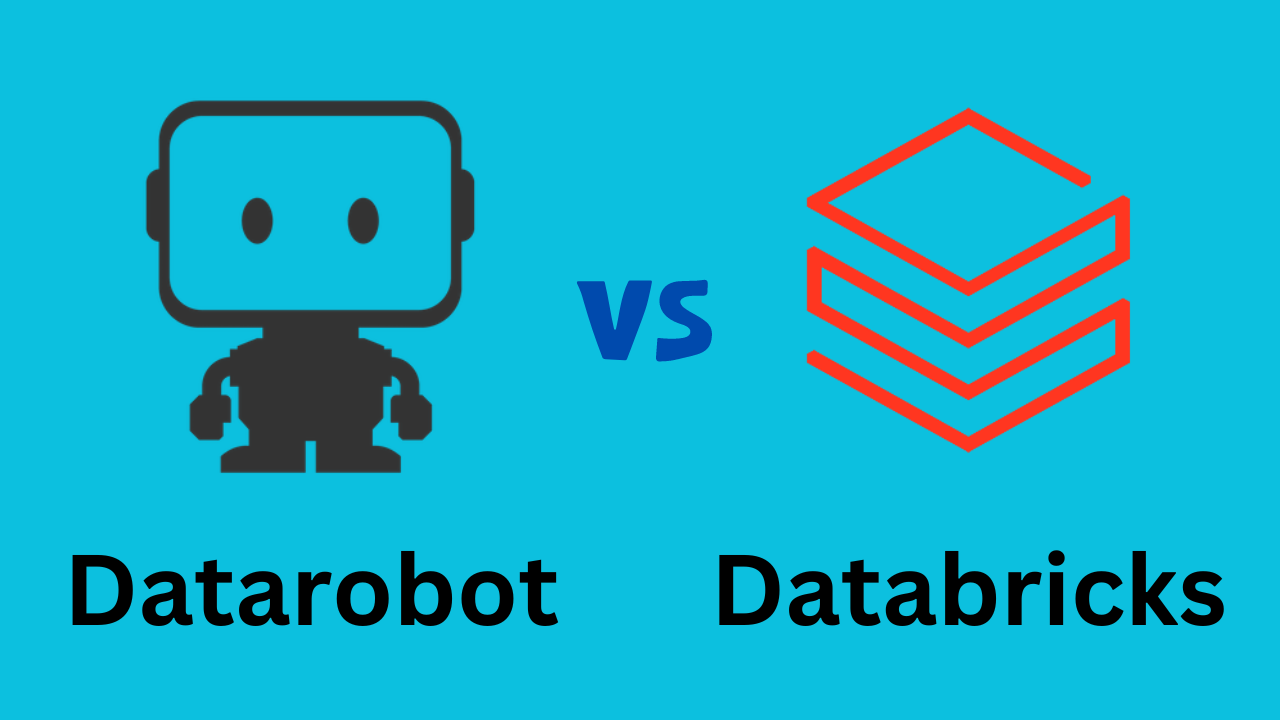In this post, I’ll dissect the nuances between databases and data warehouses, illuminating their unique roles in our data-driven world.
CES 2023 Robotics Innovation Awards | Best New Robot Ventures.
Is a Data Warehouse and a Database Similar?
While a data warehouse and a database might seem similar as both are used for storing data. But their functionalities, capabilities, and purposes are distinct.
A database is a collection of related data organized in a structured way that can be accessed, managed, and updated. On the other hand, a data warehouse is a large, centralized repository of data collected. This data is collected from various sources, which allows for data analysis and reporting.
Understanding Databases: The Three Components
A database comprises three essential components: the data itself, the database management system (DBMS), and the database schema.
Data: This is the core information stored in the database—numbers, text, images, etc.
Database Management System (DBMS): This is the software that interacts with the user applications and the database itself to capture and analyze data.

Database Schema: A database schema is a blueprint or architecture of how data is organized and accessed in a database. It includes tables, fields, relationships, views, indexes, packages, procedures, and functions. Additional inclusions are queues, triggers, types, sequences, materialized views, and synonyms.
Multiplied Productivity: How AI is Transforming the Future
What Database Is Used in a Data Warehouse?
Data warehouses typically employ a relational database management system (RDBMS). An RDBMS is a DBMS designed specifically for relational databases. Some popular examples include Oracle Database, Microsoft SQL Server, and IBM DB2. These systems allow the use of SQL (Structured Query Language), making them incredibly efficient for managing structured data within the data warehouse.
Is a Table a Database?
A table is a fundamental component of a database, but it is not a database in itself. A table consists of rows (or records) and columns (or fields) that store data. Each table in a database holds data about a specific topic or theme, such as customer information or product details. However, a database is a collection of these tables and other related elements.
Database and Data Warehouse: A Practical Example
Let’s consider a retail business as an example to illustrate the difference between a database and a data warehouse.
In this business, a database might be used to track each transaction. Each time a customer makes a purchase, the transaction details are stored in the database. The details can be the items bought, the price, the date of purchase, and the customer’s details. This database supports the day-to-day operations of the business.
On the other hand, the business might use a data warehouse to analyze these transactions. The data warehouse stores historical transaction data from the database and sources like the business’s website or social media. This centralized repository of information can then be used to analyze trends. For example, you can analyze the most popular products, peak shopping times, or customer buying habits.
Similarities Between Database and Data Warehouse
While a database and a data warehouse serve different purposes, they do share some commonalities. Both are systems for storing data in an organized manner. They allow data retrieval, updating, and management. Additionally, they both use DBMS or RDBMS to facilitate data handling and operations.
How Is a Data Warehouse Different From a Database?
While there are similarities, the differences between a data warehouse and a database are significant:
- Data Organization: Databases are optimized for maintaining, updating, and retrieving small quantities of data. They typically use an OLTP (Online Transaction Processing) model. Data warehouses, on the other hand, are designed for analyzing large volumes of data and use an OLAP (Online Analytical Processing) model.

- Scope: Databases often handle real-time operations and contain current, operational data. Data warehouses integrate data from across the organization and store historical data, which aids in trend analysis and decision-making.
- Structure: While databases are typically normalized (minimizing data redundancy), data warehouses often use denormalized schema. Sometimes, they also use partially denormalized schemas (like Star Schema or Snowflake Schema) for faster query processing.
- Size: Data warehouses are generally larger in size due to the volume of data they hold. Databases, dealing with real-time, transactional data, tend to be smaller.
Conclusion
Although databases and data warehouses share some common traits, their purpose, functionality, and structure differ vastly. Databases are geared more toward real-time operations and transactional processing. Whereas data warehouses are designed to store and analyze a large volume of data to provide strategic insights. Understanding these differences is vital to leveraging these technologies effectively in your data strategy.

















